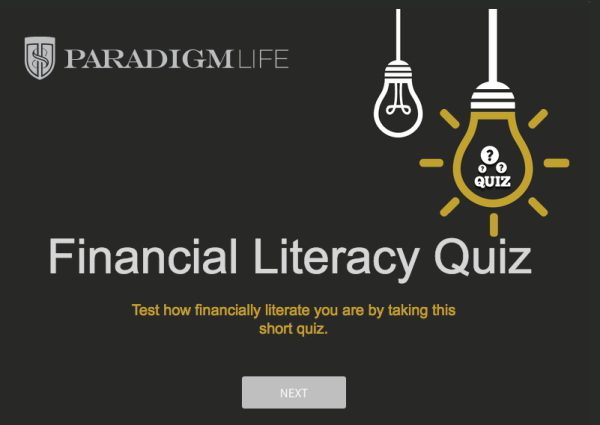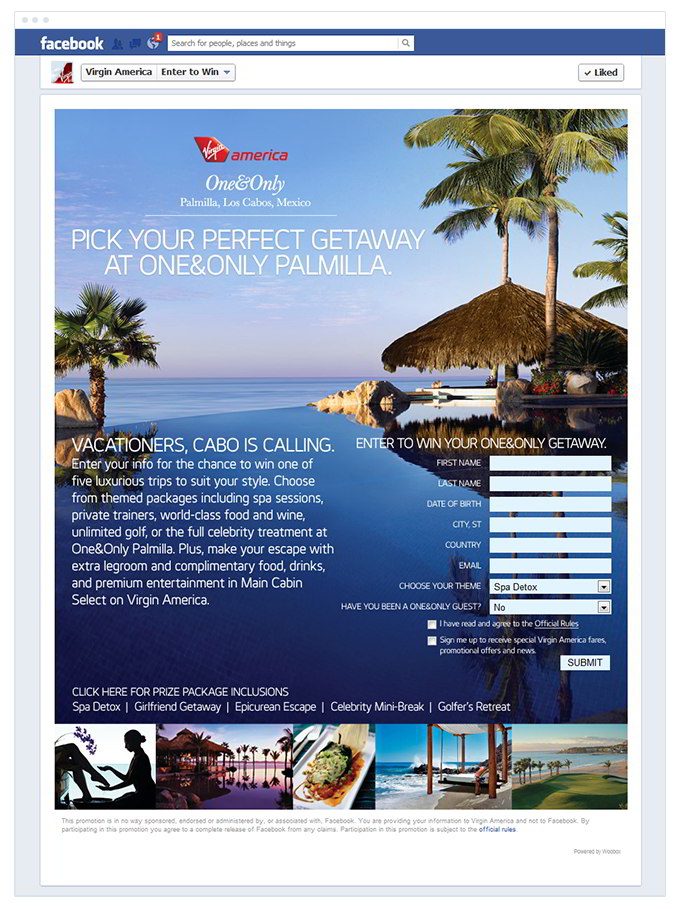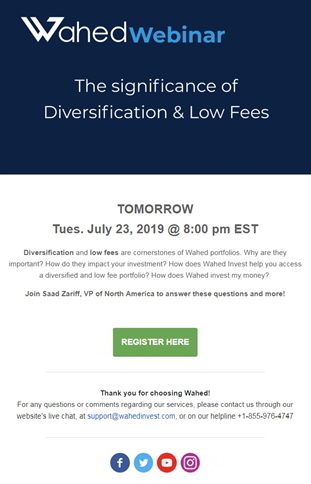Lead generation is a marketing process that includes collecting information from prospective customers, such as their names and email addresses. Lead gen helps businesses expand their reach and target the right audiences, spread information about their brand, and of course, drive revenue.
These are just some of the reasons why lead generation is a critical aspect of any business’s marketing strategy. In fact, it’s the main concern for the majority of today’s marketers. According to data from the Content Marketing Institute, 85% of marketers say that lead generation is their highest priority.
Email marketing for lead generation
There are no secret recipes or shortcuts to a successful lead gen strategy. The lead generation process takes time. If you want to build a database of high quality leads who are genuinely interested in what you have to offer, you have to be willing to put in the necessary effort.
Email is one of the best tools you can use for lead generation—regardless of what product your brand offers or how big your business is.
With approximately 3.9 billion users as of 2019, email is the most widely used digital communication platform today. Furthermore, 83% of consumers say email is one of their preferred methods for communication with brands.
Things are no different when it comes to Millennial and Gen Z audiences. In a recent survey of both Millennials and Gen Z consumers, the majority of Millennial respondents ranked email as their number one preferred channel when communicating with brands. Meanwhile, a significant portion of Gen Z respondents ranked email as their second preferred channel.
Effective email lead generation strategies you can implement
In this blog post, we’ll walk you through three proven email lead generation strategies. You can implement these strategies immediately, whether you’re attempting to build your list from the ground up or you’re looking for alternatives to your current email marketing strategies.
1. Interactive content via gamification
Interactivity in email marketing means including elements that the email reader can engage with by clicking, tapping, or swiping on them. Interactive elements in emails include (but are not limited to):
- GIFs
- Videos
- Social sharing buttons and links
- Cinemagraphs (still images with one or two looping elements)
- Call-to-action (CTA) buttons
Take interactivity to the next level—and boost your lead generation efforts in the process—with gamification.
Gamification is the inclusion of typical gaming elements like competition among a group of players, completion of specific goals or objectives, and scoring points in non-gaming situations. In this case, that situation is through email.
As an email lead generation strategy, gamification can bring stellar results and help generate more leads. A survey suggests that customers who are engaged through interactivity and gamification are three times more likely to advocate your business to their friends and families.

Source: Campaign Monitor
Gamification can also lead to much higher conversions. According to the same survey, engaged customers purchase 90% more frequently and spend 60% more per transaction.
The great thing about gamification is that it doesn’t have to be complicated. You can engage with leads through short quizzes, simple puzzles, and easy games (e.g. Lotteries, connect-the-dot games) that don’t require much effort to complete.
2. Giveaways, contests, and instant rewards
These two tactics are excellent for lead generation because they leverage two specific emotions that most customers feel: 1) the fear of missing out (FOMO) on an amazing offer, and 2) the love for free stuff and instant gratification.
The premise of this lead generation tactic is simple. In exchange for their names, email addresses, and other contact information, you offer leads something for free. It could be anything from a complimentary item that you can send by mail to a free lifetime membership for your VIP club, or high-value gift cards that your leads can spend in your online store.

Source: Campaign Monitor
For successful lead generation using giveaways, rewards, or contests, you need these three elements:
Strong premise
You need to create a strong premise that will serve as the basis for your contest or giveaway. Basically, the premise defines what potential leads will provide you in exchange for the reward.
For your premise to work, it needs to be easy for people to enter your contest or giveaway. You can facilitate this by requiring as little information from people as possible. Aside from their name and email address, you can ask for one other piece of information that can help you with segmentation such as the person’s hobbies or interests.
Relevant reward
Avoid offering cash rewards. Doing so will grab the attention of a lot of people, but they will likely not be genuinely interested in your brand. They’ll just want the cash.
Instead, offer a reward that is relevant to your target audience.
For example, imagine you operate an eCommerce coffee store. Your website is going to put up a new array of beans for sale soon, so you want to look for new qualified leads. In exchange for their contact info, you can offer people a sampler of the coffee beans of their choice.
It’s a small reward, but it will enable you to attract people who are really interested in your coffee—people you can convert into paying customers down the line.
Promotion
Promote your contest or giveaway to maximize the number of leads that you get.
One thing you can do is to send an email to your current email subscribers and encourage them to share it with their friends and colleagues. Another way is to promote it on your website via an exit intent pop-up or scrolling header bar to generate email leads. Lastly, you can promote it on your social media channels. After all, that’s what social media marketing is for.
Events or webinars
Events and webinars are highly effective lead generation tools because they enable you to introduce your brand and educate people without overselling your products or services.
Want to promote a brand-new product and get leads at the same time? Launch a physical event or webinar and send the perfect invitation email that includes a call-to-action (CTA) button for registrations.

To give your existing subscribers the opportunity to spread the word of your event or webinar, you can add social media sharing buttons to your emails. That way, people who aren’t subscribers but are interested in your product can register for your event.
You can take advantage of the momentum with your new leads by sending them follow-up emails after your event or webinar. Move them further down the funnel with additional emails that further educate them about your brand and how you can make a positive impact in their lives.
Alternatively, you can send feedback emails and ask your new leads what they thought of your event. Letting leads know that you value their opinions is an excellent way to build rapport and foster trust right off the bat.
Wrap up
These email lead generation strategies will help you not only acquire new leads, but also lead them down the sales funnel and convert them into customers. There are plenty of other ways by which brands are generating leads, but the ones detailed in this post are not your run-of-the-mill landing pages and email opt-in forms. We’ve only outlined the most innovative and effective lead generation strategies—strategies that are proven, tested, and backed by data.





